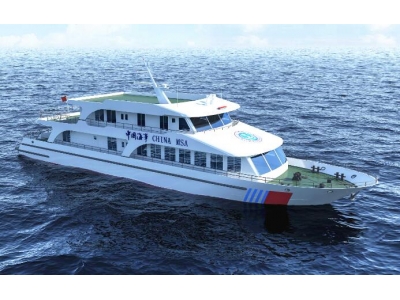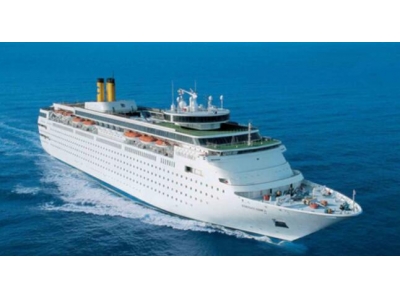Introduction
Ships have always fascinated people with their immense size and impressive capabilities. However, there are hidden spaces within these vessels that often go unnoticed by the general public. These concealed areas, known as "dark compartments" or "hidden compartments," serve crucial functions in the operation and maintenance of ships. In this article, we will explore the significance and various uses of these hidden spaces in ships.
What are Hidden Compartments?
Hidden compartments are sections of a ship that are not easily accessible or visible to the crew or passengers. They are typically located below the waterline or inside the hull of the ship. These compartments serve different purposes, including storage, machinery housing, and maintenance access.
Storage
One of the main uses of hidden compartments is for storage. Ships need to carry a wide range of supplies, including food, fuel, spare parts, and equipment. Hidden compartments are designed to maximize the storage capacity of the ship without compromising other areas. These compartments can be found in various locations throughout the ship, such as beneath the cargo holds, in the lower decks, or in between bulkheads.
Machinery Housing
Ships are equipped with a vast array of machinery, including engines, generators, pumps, and electrical systems. To protect these vital components, hidden compartments are used to house and isolate them. The enclosed spaces provide a controlled environment that helps prevent damage from external factors, such as saltwater, corrosion, and extreme temperatures.
Maintenance Access
Ship maintenance is a continuous process that requires regular inspection and repair of various systems and equipment. Hidden compartments provide access to critical areas of the ship, such as the engine room, fuel tanks, and ballast tanks. These compartments allow engineers and technicians to perform necessary maintenance tasks safely and efficiently, ensuring the smooth operation of the ship.
Security and Safety
Hidden compartments also play a vital role in ship security and safety. Some compartments are specifically designed as secure areas to store valuable or sensitive cargo. For example, armored compartments can be used to transport valuable goods or protect personnel during dangerous situations. Additionally, hidden compartments can be utilized for emergency purposes, such as shelter during a security threat or as a reserve space for life-saving equipment.
Conclusion
The hidden spaces within ships, often referred to as "dark compartments" or "hidden compartments," serve essential functions that contribute to the overall operation and safety of these vessels. From storage and machinery housing to maintenance access and security, these concealed spaces are crucial elements of ship design and construction. Next time you see a massive ship, remember that there is more to it than meets the eye.
Thank you for reading this article on the hidden spaces of ships. We hope you found it informative and gained a greater understanding of the significance of these hidden compartments. Whether you're a maritime enthusiast or simply curious about the workings of ships, understanding the various aspects of ship design and construction can deepen your appreciation for these incredible vessels.


